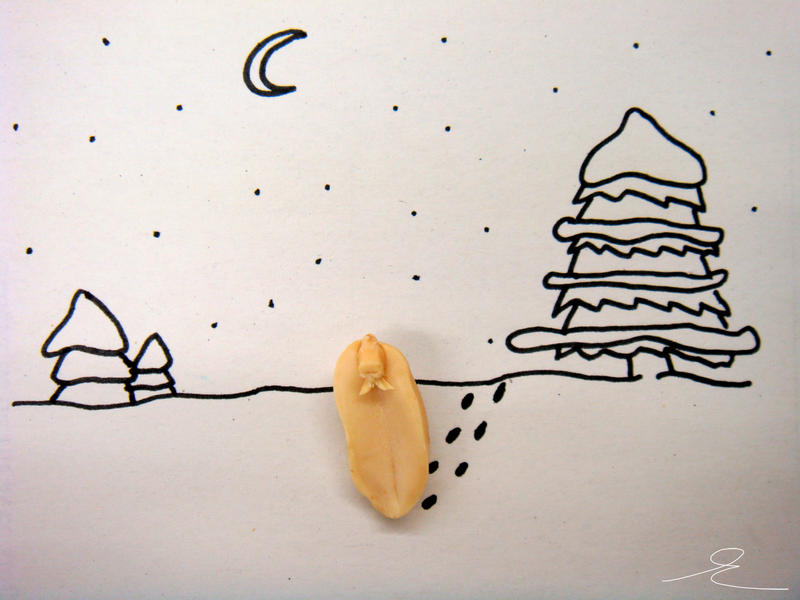STEM Integration: 3D Printing is Not Just About Design
3D printers are showing up in schools at an increasing rate. I recently gave a workshop at a STEM Integration Conference called "
We have a 3D Printer, Now What? Integration Across Subjects" with the hope of attracting teachers who had 3D printers but no idea of how to use them. Before I began, I took a simple poll, "How many of you have 3D printers that are still in the box and have no idea what to use them for?" A majority of the teachers raised their hands. My hunch was correct.
I believe that 3D printers belong in every classroom and that someday they will be as common place as laser printers are today. The cost is coming down and the versatility is improving. Through sites like
Thingiverse.com, people around the world are sharing what they make for anyone to print. When I contact these Makers and explain how I am using their models to inspire teachers and students, they are overwhelmingly enthusiastic. They share because they want to make a difference. I am often asked about design. The using preexisting models provides the gateway step to design. The number of uploaded designs increases daily. Thingiverse reports that users have uploaded nearly 500,000 designs. Many of these designs have applications as models to be used in the classroom.
Here is one of my favorite examples. While browsing Thingiverse, I found the model of one of my favorite authors, Cory Doctorow. I printed it and, knowing that he is active on Twitter, tweeted this picture to him:
Here is the conversation:
I know he was kidding, at least I think he is kidding. He knows these models are available. He even has an account on Thingiverse and a model of this bust is on it. He is also a strong advocate of
Creative Commons. I made contact. I referenced his work, "For the Win," in another workshop and Tweeted how I made this book a focus of STEM in Literature Integration. He replied that he was honored.
What if a student, who had difficulty reading printed something about the book or an author and sent it to the author and the author replied back, what would this do to the student? Although I have never met Cory Doctorow, I now feel connected to him. 3D printing makes the intangible tangible. Connecting our students to the work we are asking them to do, builds ownership and passion. Give it a shot. Try it for yourself. If you have access to a 3D printer, what can you lose? Just go for it.



